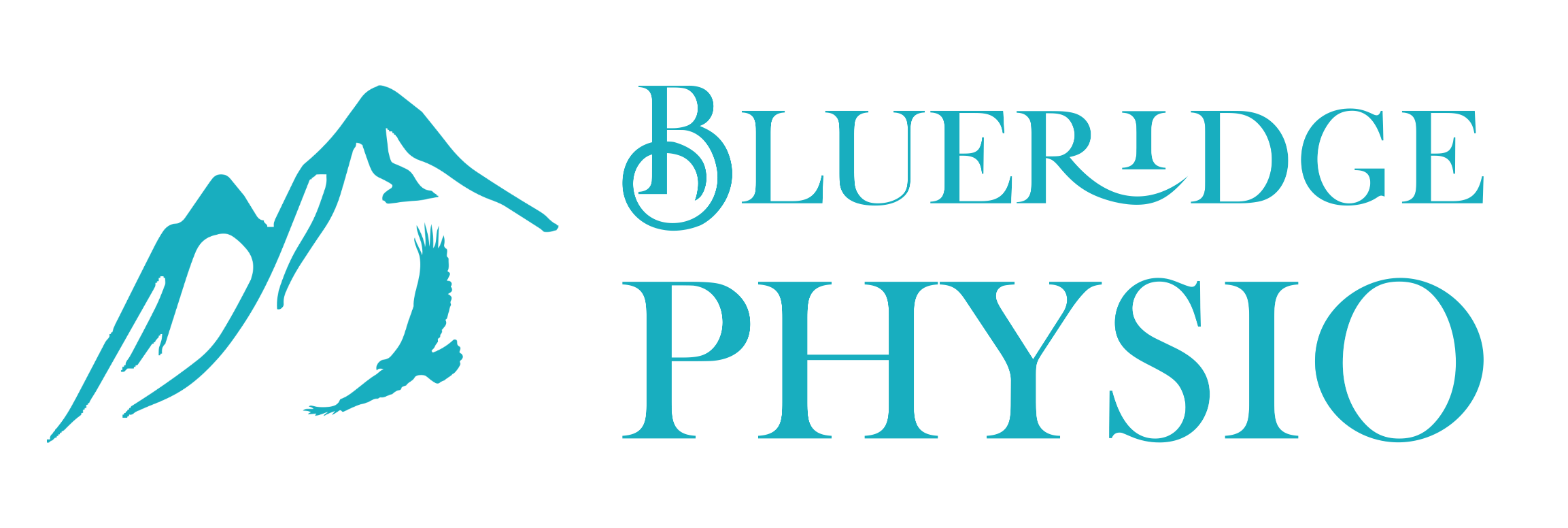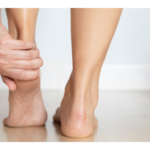Managing Osgood-Schlatter
Youth Return to Sport: Managing Osgood-Schlatter
Osgood-Schlatter disease is a condition that affects the growth plate at the top of the shinbone (tibia). It is most common in adolescents and is characterized by pain and swelling at the front of the knee. The condition is usually caused by overuse or repetitive strain on the growth plate, and is often seen in young athletes who participate in activities such as running, jumping, or kicking.
While the idea of getting our young athletes to rest might seem impossible, there are ways of decreasing the repetitive strain by analyzing muscle strength, length and sports specific body mechanics. This is a very important part of physiotherapy management.
Osgood-Schlatter disease is generally self-limiting, meaning that it will resolve on its own as the individual’s bones mature and the growth plate closes. However, this process can take several months or even years, and the condition can be quite painful in the meantime. Physiotherapy can be an important part of managing the condition and improving quality of life.
The management of Osgood-Schlatter disease typically involves a combination of physiotherapy and other interventions. Some specific treatment options that may be recommended by a physiotherapist include:
- Rest: It is important for the individual to take a break from activities that exacerbate their symptoms, such as running or jumping.
- Ice: Applying ice to the affected area can help to reduce inflammation and numb pain.
- Stretching and strengthening exercises: Physiotherapy exercises can help to stretch tight muscles and improve the strength and stability of the knee. This is where careful analysis and a program tailored to the client becomes key.
- Taping or bracing: Using a tape or brace to provide support to the knee can help to reduce stress on the growth plate and alleviate symptoms.
- Orthotics: In some cases, an orthotic device such as an insole or arch support may be recommended to help improve foot and leg alignment and reduce strain on the growth plate. Sometimes creating awareness of wear patterns, and connecting to the tripod of the foot, is more important in the youth population as small changes in foot pressure can improve activation and stability up the chain.
It is important for individuals with Osgood-Schlatter disease to work closely with a physiotherapist to develop a treatment plan that is tailored to their specific needs and goals. With proper treatment and management, it is often possible for youth to fully recover from this condition and return to their normal activities.
Osgood-Schlatter disease is most common in adolescent boys, although it can also affect girls. It is typically seen in young athletes who participate in activities that involve running, jumping, or kicking. With proper treatment and management, most individuals with Osgood-Schlatter disease will make a full recovery and be able to return to their normal activities. However, it is important to follow the recommendations of a physiotherapist and take steps to prevent future injuries.





